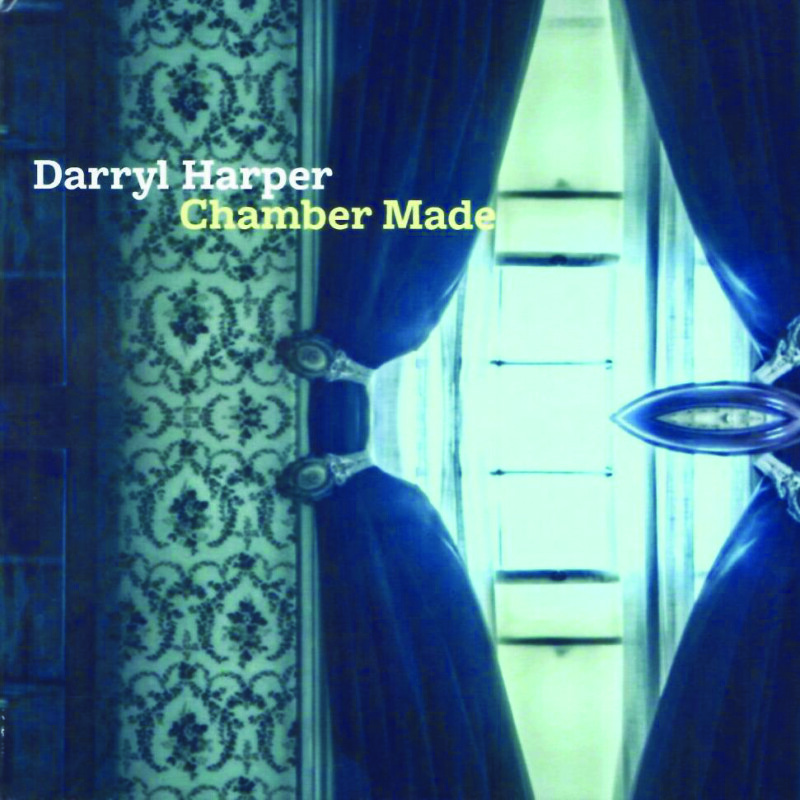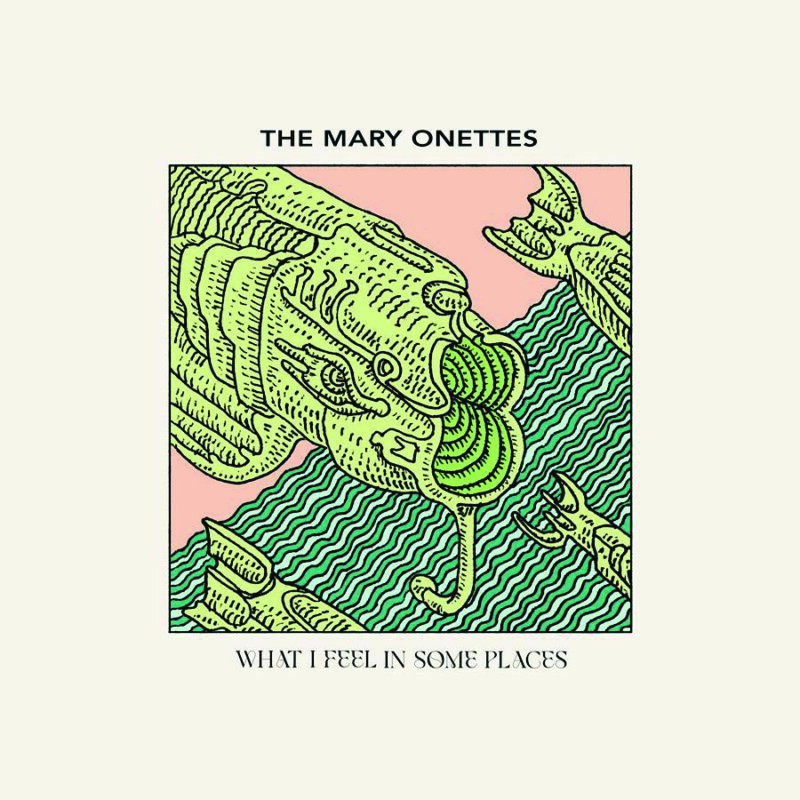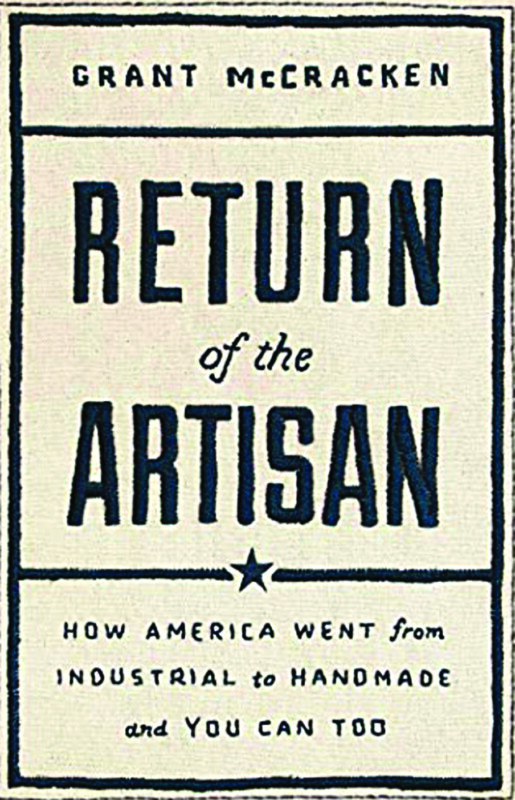Joseph Shipp, Free For A While (self-released)
This 40-year-old Tennessee-born singer-songwriter tried San Francisco life for a while, landed himself a wife, then came back to his home state, specifically to Nashville, where he put out a coffee-table book (A Community in Black & White) of old photographs in collaboration with The Bitter Southerner. His background is in fact rooted in photography; his family owned a photography business, so what prompted him to put out this debut album (shipping on Oct. 28) is lost on me but probably speaks to an adjunct product to the book. Unlike so many of these jack-of-all-trades projects, the music fits in quite well with his rootsy art; in fact, if I had to pick a RIYL comparison for kickoff song “Rest Assured,” it’d be a cross between Hank Williams Sr. and Woody Guthrie, a comparison that’s deserved. Lot of more modern Americana here, though, like the strummy, near-Guster-like “Where You Are,” and there are curveballs of course, like the Mazzy Star-like “Only The Moon.” Shipp’s voice is unusually high, which does add some quaint eeriness to these proceedings. A
The Callous Daoboys, Celebrity Therapist (Modern Static Records)
It’s been quite a while since I investigated a band that specializes in mathcore, a genre that, last I knew, was lorded over by Dillinger Escape Plan and all that stuff, armor-plated with old-school emo ’tude and a lot of riffs with bizarre time signatures. That’s descriptive of the genre’s high end, of course; there’s no hard and fast rule to mathcore other than being loud and somewhat unfollowable relative to song structure (and yes, that’s my guideline; I stopped trusting Wikipedia’s genre definitions years ago, not that that’s the smartest thing to do in every case). So these four guys are from Atlanta, and what a terribly clever name they’ve given themselves, I’ll readily admit. That’s in line with their musical approach too: extended bursts of Dillinger Escape Plan-ish syncopated cacophony, but plenty of skit moments as well, probably recorded during dinnertimes and whatnot; it all feels very punky and personal. Well done, for what it is. A
Playlist
• Friday, Sept. 16, will see, like every Friday, a bunch of new music CD releases, and I’ll tell you right now, gang, things are already starting to heat up for the holiday buying season! I didn’t get a lot of Christmas releases last year, so hopefully that situation won’t repeat itself as we start running out of months in the calendar of 2022, widely regarded as the worst year in history only because nothing’s been fixed, things just get worse and worse, don’t they? But I know that you know the only cure for all that existential dread, that’s right, it’s new rock ’n’ roll albums, and guess who’s leading us off? That’s right, famous Manhattan-based band Gogol Bordello, with their Eastern European tuneage and fiddles and accordions; it’s great music to run around to while guzzling cheap whiskey and randomly punching people in the face, you should try it sometime if you haven’t! Wait, don’t go to Amy’s movie reviews yet, there’s a point to all this, specifically that this bizarre accordion-filled Romani-punk band does have an album coming out on Friday, titled Solidaritine! As always, the band is fronted by Eugene Hütz, who was born in Ukraine, so I’m assuming there won’t be a lot of protest songs about the recent Russian invasion or he’d end up peeling potatoes in a factory, but you never know, so howzabout we get to the gettin’-on and give a listen to the new single, “Take Only What You Can Carry,” which is — wait a minute, like Steve Harvey says when he’s emceeing a beauty pageant, it is about the Russian invasion! It says here that the song “encapsulates [the] emotional message of uprooted people whose lives were destroyed by this f–d up war in Ukraine.” Love this video, look at Eugene and his peeps walking around and overacting, occasionally stopping to say hello to some of the refugees. The tune has sort of a Meatloaf-ish, off-Broadway feel to it; it’s fun and crazed, of course. Did I mention there’s fiddles and accordions?
• Oh come on, just when I thought it was going to be a fun column, here we go, look who it is, folks, it’s unlistenable twee-rockers Death Cab for Cutie, with Asphalt Meadows, their latest batch of Gilmore Girls-begging nonsense-pop! Death Cab were the poster children for the “do all indie-rock bands have to be white” backlash of a few years ago (you remember, right? No?), which I largely avoided owing to the fact that I’ve never considered these guys to be “rock” in the first place, more like a sleepy, boring, dishwasher-safe garage band that’d be right at home opening for a balloon-animal-making clown at kids’ birthday parties. Man, do I hate them, but here we go, let me finish this bottle of Jagermeister and see if I can handle their new song, “Here To Forever.” Wow, it’s kind of listenable after all, but in a stupid way. It’s a cross between New Order and Christopher Cross’s yacht-rock song “Sailing.” Why would anyone do this sort of music? Don’t ask me, I really have no idea.
• Well, bless their hearts, look folks, it’s 30-year-old British art-rock band Suede, with their first album since 2018, Autofiction. The single, “She Still Leads Me,” is a feisty little Blur-like number that totally rips off Flock Of Seagulls’ “Space Age Love Song.” Other than that it’s astonishingly original.
• OK, and finally, it’s neo-neo-metal whatevers The Mars Volta, with a self-titled album. The album opens with “Blacklight Shine,” which features some very authentic-sounding African tribal music. Still not going to keep most critics from making fun of the band, though, just saying.
If you’re in a local band, now’s a great time to let me know about your EP, your single, whatever’s on your mind. Let me know how you’re holding yourself together without being able to play shows or jam with your homies. Send a recipe for keema matar. Message me on Twitter (@esaeger) or Facebook (eric.saeger.9).






